Ten years ago, Nintendo launched its NFC toy line, Amiibo, alongside the release of Super Smash Bros. for Wii U.
While you can argue that they existed for the sole purpose of trying to supplement floundering Wii U sales, they turned out to be a huge success for the company. They sold millions upon millions of units, and I bought more than I care to admit.
Initially, I had only purchased one Amiibo. When I went to my local GameStop to pick up Super Smash Bros. for Wii U back on November 21, 2014, I bought the collector’s edition of the game, the strategy guide, and a single Princess Peach Amiibo to experiment with. I took everything back to my college suite, and my friends and I proceeded to play the game for 10 hours straight, unlocking all of the characters the old-fashioned way. One month later, a friend gifted me a Samus Amiibo to add to my collection. I looked at him dead in the eyes and asked him if he knew what he just did. By gifting me this additional figure, I didn’t just have a single Amiibo to experiment with. I had an incomplete set. I needed them all now, or at least all of the Amiibo from the Super Smash Bros. line.
As of February 16, 2024, that goal has finally ended. The Amiibo for Sora, the final Smash DLC character, was released, and I proceeded to pick it up. It took a literal decade to hunt for all 94 Smash Amiibo, with many of them being agony to get a hold of, but getting them led to some of my fondest gaming memories. But, man, was it a struggle to make those memories positive ones.
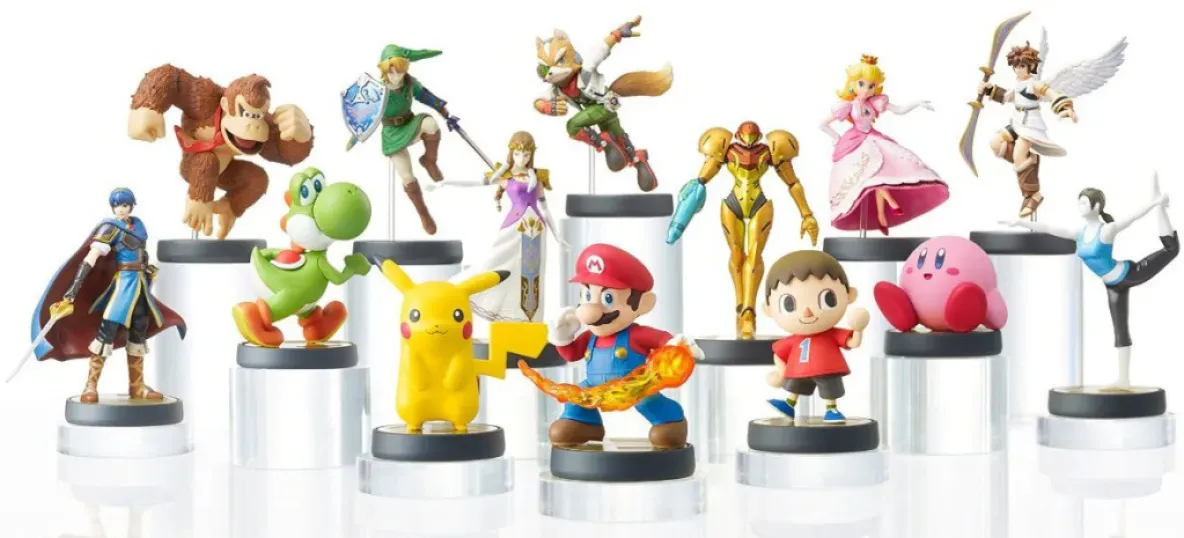
When they were first announced, Amiibo were marketed as being a fun little addition to Nintendo’s software lineup. If you scanned an Amiibo, depending on the game you’re playing, you would get supplemental content to enhance your gaming experience. Most of these uses were fairly basic, like how in Smash, an Amiibo would generate an AI fighter that you can train and then use to fight other players for you. I always wanted a game entirely centered on Amiibo, like a massive RPG where your party members were the Amiibo characters, and you can customize your party based on your own collection. However, many have made the valid argument that Amiibo were a roundabout way of doing paid DLC, and that’s hard to dispute. Take the Amiibo for Metroid: Samus Returns, which locked the ultra-hard Fusion mode behind a rare two-pack Amiibo. But while that’s certainly a questionable business practice, I, like many other Amiibo collectors, got them for display purposes.
Nintendo has a storied legacy of video game franchises. But while some of them have been consistently popular, like Mario and Pokémon, many of their franchises have been neglected. The fact that Kid Icarus received three Amiibo, all based on the critically underrated Kid Icarus: Uprising, was amazing, and having an Amiibo based on Banjo and Kazooie made my inner child so unbelievably happy. So, when I was gifted that Samus Amiibo, I swore that no matter how long it took, even if Nintendo would never use these figurines for any meaningful purpose, I would have all of the Smash Amiibo.
That process was hard. Unbelievably hard. Initially, the Amiibo were touted to be released in waves, and within the first four months of their availability, 29 Amiibo were released. And picking them up was not easy in the slightest. Due to supply issues, many of the Amiibo were hard to track down. While more characters from more popular franchises were easy to get a hold of – I remember walking into a GameStop and marveling at how many Diddy Kong Amiibo there were – some franchises were not as lucky. In the Amiibo collecting community, the original three unicorns, or the rarest ones, were Marth, Wii Fit Trainer, and Villager. My days during those early months were primarily spent going to local gaming stores and seeing which Amiibo they had in stock. And while that was bearable, Wave 4, which was released in May of 2015, was the absolute worst.
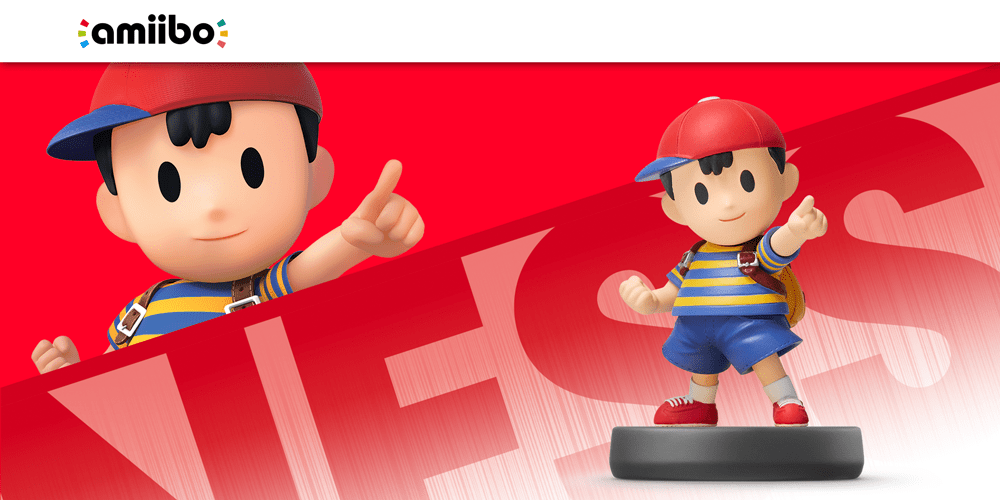
During that time, Nintendo went all in on retailer-exclusive Amiibo. These Amiibo would be released solely through a few specific retailers, with the big three at the time being GameStop, Toys”R”Us, and Best Buy. While this practice of one Amiibo of each wave being a retailer-exclusive product began in Wave 3, the fourth Wave made these retailer-exclusive Amiibo some of the more difficult ones to acquire. For example, Ness, a character from a very niche SNES RPG that most average gamers have not heard of, was exclusive to GameStop. And while you could theoretically find these Amiibo in stores on the day they’re released, it was more reliable to buy these Amiibo online and save yourself the hassle.
So, of course, with collectors being the way they are, you can see exactly how this went. The second these Amiibo were made available online at their respective retailers, they were sold out within seconds and placed onto second-hand sites like eBay at an absurd markup. That is, if you could even buy them because some retailers like Amazon had bizarre pre-order windows to maintain some semblance of order. To make matters worse, other retailers would drop the links in the dead of night, like when Toys”R”Us dropped the link for their Rosalina Amiibo at around 5:00 a.m. EST, giving no rational human a chance to get an Amiibo. To make matters EVEN WORSE, even if you did everything right and managed to secure a pre-order, it could just be canceled for no damn reason, and then you were out of luck. So, when the Wave 4 Amiibo came out, I went from store to store that very day trying to track down each Amiibo. I was mostly successful. I got the last Lucina Amiibo at my local Toys”R”Us but failed to get a Ness Amiibo, ultimately driving me to import him. I do remember inadvertently traveling with the same group of collectors to four local stores to get all of our Amiibo, and we bonded over our struggles and success stories.
Related: The Nintendo Switch 2 Might Have a Massive Screen
This hyperscarcity seemed to really be only a US issue, though. I can’t speak for other countries, but in the Fall of 2015, I studied abroad in the UK, and when I went to a local game store, I found all of the Wave 6 Amiibo on store shelves without any issue. That wave had eight Amiibo, including a three-pack featuring NES Smash characters, and it wasn’t an issue at all getting them. Maybe that showed the diminishing interest in Amiibo less than a year later, but leave it to Nintendo to find a new way to try and entice gamers to buy these little hunks of plastic. My next hell was the dreaded Player 2 Amiibo.
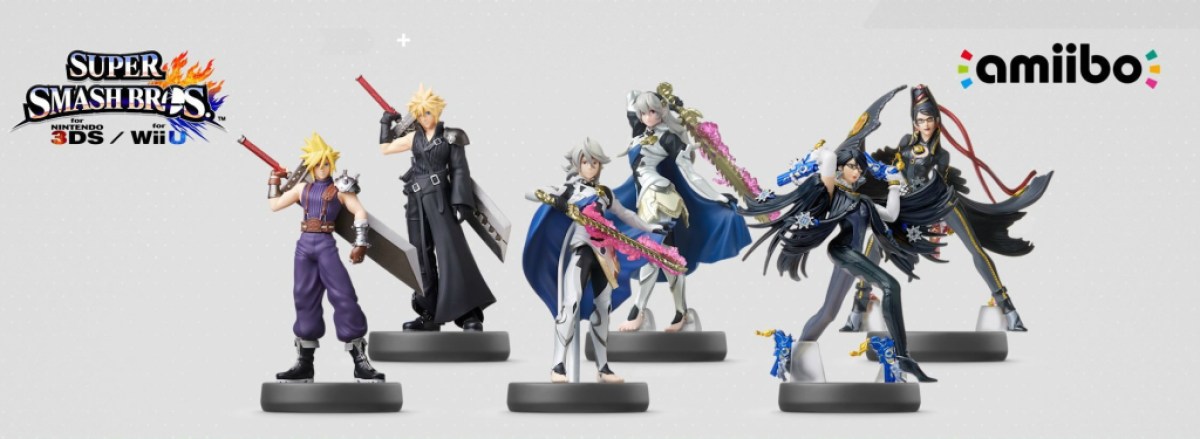
In 2017, after the Amiibo fad had begun to die down, Nintendo tried to have multiple variants of three characters within the Super Smash Bros. line to sell. These three Amiibo were for the last three Smash Wii U DLC fighters – Cloud, Bayonetta, and Corrin – and they would have two different Amiibo based on the different costumes they could have in Smash. For example, the base Cloud Amiibo was based on his original appearance in Final Fantasy VII, while the Player 2 variant was designed around his appearance in Advent Children. Also, it goes without saying that these Player 2 Amiibo were retailer-exclusive and sold out within seconds online. Because, of course, they did. I was lucky to get a Bayonetta Player 2 Amiibo legitimately because, of course, I would fight for Bayonetta, but I had to import the Cloud Player 2 Amiibo, and it took me until last January to get a reprint of a Corrin Player 2 Amiibo to tie into the release of Fire Emblem Engage since her Amiibo quickly became one of the rarest Amiibo on the market. Just my luck.
But honestly, by 2017 and even in the lead-up to Super Smash Bros. Ultimate, most of the fervor surrounding Amiibo had faded away. While new Amiibo were produced by the dozens during the Wii U era, once Nintendo found success with the Switch after that disaster of a console, its interest in these cute little figurines began to decline. Amiibo were a life preserver in a sea of poor business decisions, one that made them millions during a time when it seemed no good could come from the Wii U. But now, with a financially viable and successful console, Amiibo outlived their purpose. Nintendo stopped putting meaningful Amiibo functionality into their games, and most of them were just used for unlockable items, costumes, or concept art.
Since 2018, a handful of Amiibo would be announced for the Super Smash Bros line, and while you still had to worry about trying to secure one before they sold out, a lot of Nintendo’s anti-consumer business decisions faded away. Retailer-exclusive Amiibo were a thing of the past. Amiibo would be available both in-store for pre-orders and online. Even better, you could actually buy Amiibo online without having to set numerous alarms for when the purchase links went up! They could be available for hours, and you could comfortably purchase them at your leisure. Collecting them back during their heyday was hell because everyone wanted them. Now? If you want to get new Amiibo, it’s not impossible to do so.
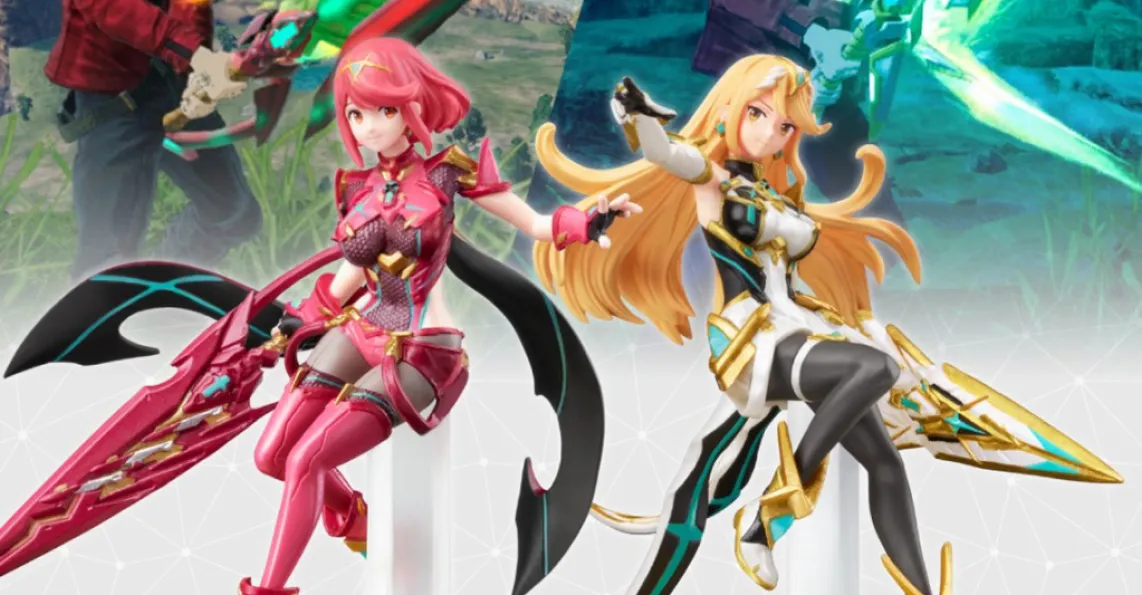
Granted, if you want to collect all of the Super Smash Bros. Amiibo today, have fun shelling out a small fortune. I was lucky that I was there in the trenches hunting for these things on a sometimes daily basis. But that was part of the fun. I remember how agonizing it was just to track down some hunks of plastic that barely offered any meaningful interactivity with the games I bought them for. But they weren’t just for the games. They were a piece of gaming history, and I wanted to own a piece of that. I wanted to have beautiful figurines of characters like Pyra and Mythra because what company would produce models of them? And now, I have the whole set. I can safely say that I don’t even need to collect these little statues anymore after a decade of hunting.
Was it worth it? Probably not. Did I have fun? At times, yeah. Are these figures a cool piece of gaming history and great to have on display as a part of my gaming collection? Undeniably.

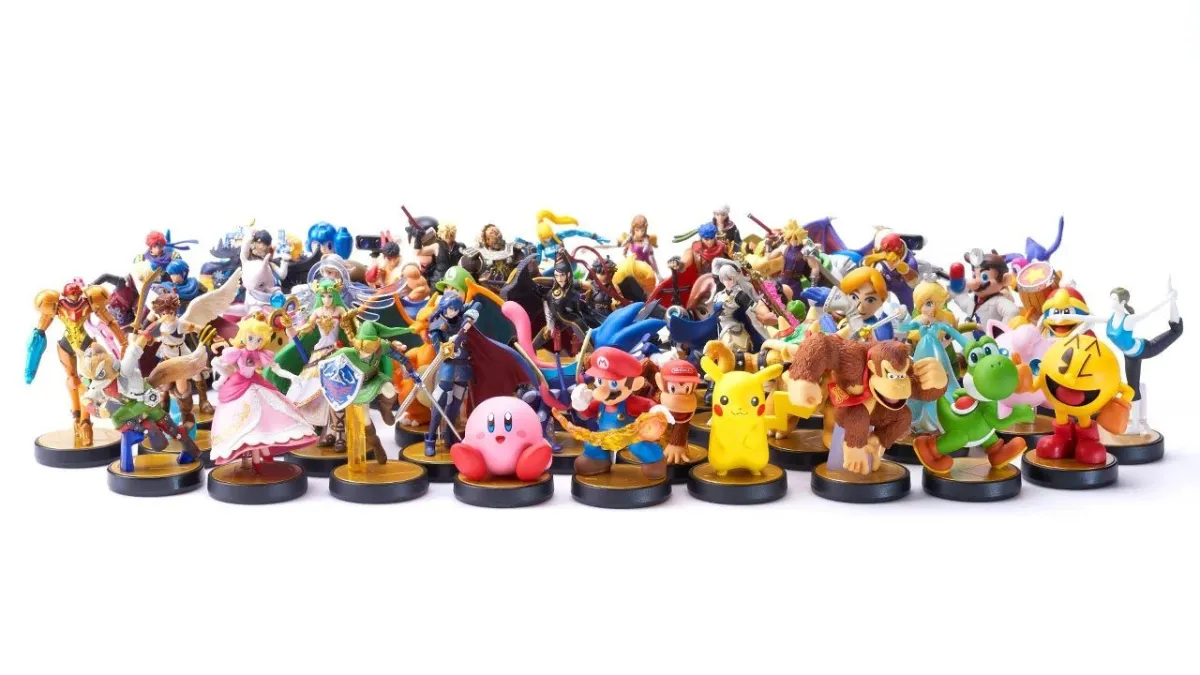



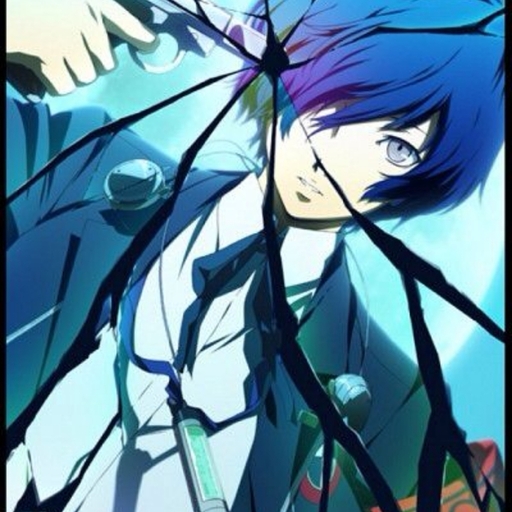
Published: Feb 28, 2024 04:00 pm